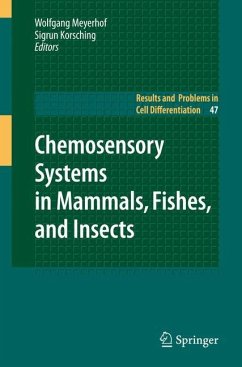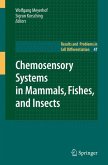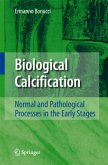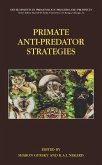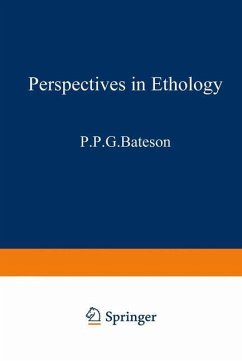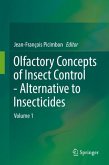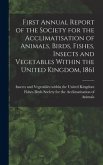The sense of smell has varied roles in locating food, detecting predators, navigating, and communicating social information, whereas the taste system is focused on decision-making in food intake. The last decade has witnessed massive advances in understanding the molecular logic of chemosensory information processing, and the results for taste sensation were found to differ in interesting ways from those for smell sensation. The 12 chapters of this book cover the current knowledge about the chemosensory systems in mammalian, fish and insect models. The advantages of the different model systems are emphasized. The genomic characteristics and evolution of olfactory and gustatory receptor gene families are analyzed, rules for odorant receptor gene choice and axonal projection of the corresponding receptor neurons are discussed, and the similarities and dissimilarities of pheromone vs. odorant sensing are examined as well as the molecular logic of mammalian sweet taste, bitter taste, and fat perception. Olfactory-guided and taste-guided behaviors are discussed, with a particular emphasis on the insect system.
The sense of smell has an essential role in locating food, detecting predators, navigating, and communicating social information. Accordingly, the olfactory system has evolved complex repertoires of receptors to face these problems. Although the sense of taste has less far-reaching tasks, they are every bit as essential for the animals well-being, allowing it to reject toxic materials and to select nutritionally valuable food. The last decade has seen a massive advance in understanding the molecular logic of chemosensory information processing, beyond that already achieved in the rst few years following Linda Bucks discovery of odorant receptors. Shortly afterwards, the major principles of olfactory representation had been established in mammals as the one neuron/ one receptor rule and the convergence of neurons, which express the same receptor, onto individual modules in the olfactory bulb. In recent years, such studies have been extended to lower vertebrates, including shes andother phyla, i. e. , arthropods, worms, and insects, showing both the general validity of these concepts and some exceptions to the rule. In parallel, hallmarks of the molecular logic of taste sensation have been deciphered and found to differ in interesting ways from those of smell sensation.
Hinweis: Dieser Artikel kann nur an eine deutsche Lieferadresse ausgeliefert werden.
The sense of smell has an essential role in locating food, detecting predators, navigating, and communicating social information. Accordingly, the olfactory system has evolved complex repertoires of receptors to face these problems. Although the sense of taste has less far-reaching tasks, they are every bit as essential for the animals well-being, allowing it to reject toxic materials and to select nutritionally valuable food. The last decade has seen a massive advance in understanding the molecular logic of chemosensory information processing, beyond that already achieved in the rst few years following Linda Bucks discovery of odorant receptors. Shortly afterwards, the major principles of olfactory representation had been established in mammals as the one neuron/ one receptor rule and the convergence of neurons, which express the same receptor, onto individual modules in the olfactory bulb. In recent years, such studies have been extended to lower vertebrates, including shes andother phyla, i. e. , arthropods, worms, and insects, showing both the general validity of these concepts and some exceptions to the rule. In parallel, hallmarks of the molecular logic of taste sensation have been deciphered and found to differ in interesting ways from those of smell sensation.
Hinweis: Dieser Artikel kann nur an eine deutsche Lieferadresse ausgeliefert werden.

